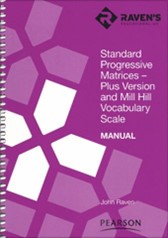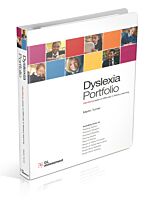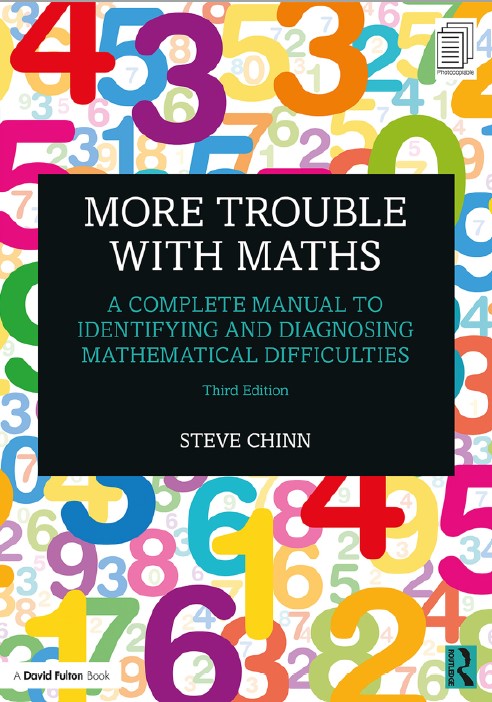SLD Screening Assessments
Full assessments for Specific Learning Disorders (SLDs) like dyslexia, dysgraphia, or dyscalculia take time - usually two half-days - and can be costly (see Assessment Fees). Screening tools, on the other hand, are quicker and easier to use, giving an idea of whether an SLD might be present. A screening assessment can be valuable on its own or can be used as a first step before a full assessment if needed.
All three screening tests below are paired with two tests of intellectual ability: Raven’s Standard Progressive Matrices Plus, which measures nonverbal thinking ability, and the Mill Hill Vocabulary Scale, which assesses verbal knowledge. Measures of working memory and processing speed are also included.





